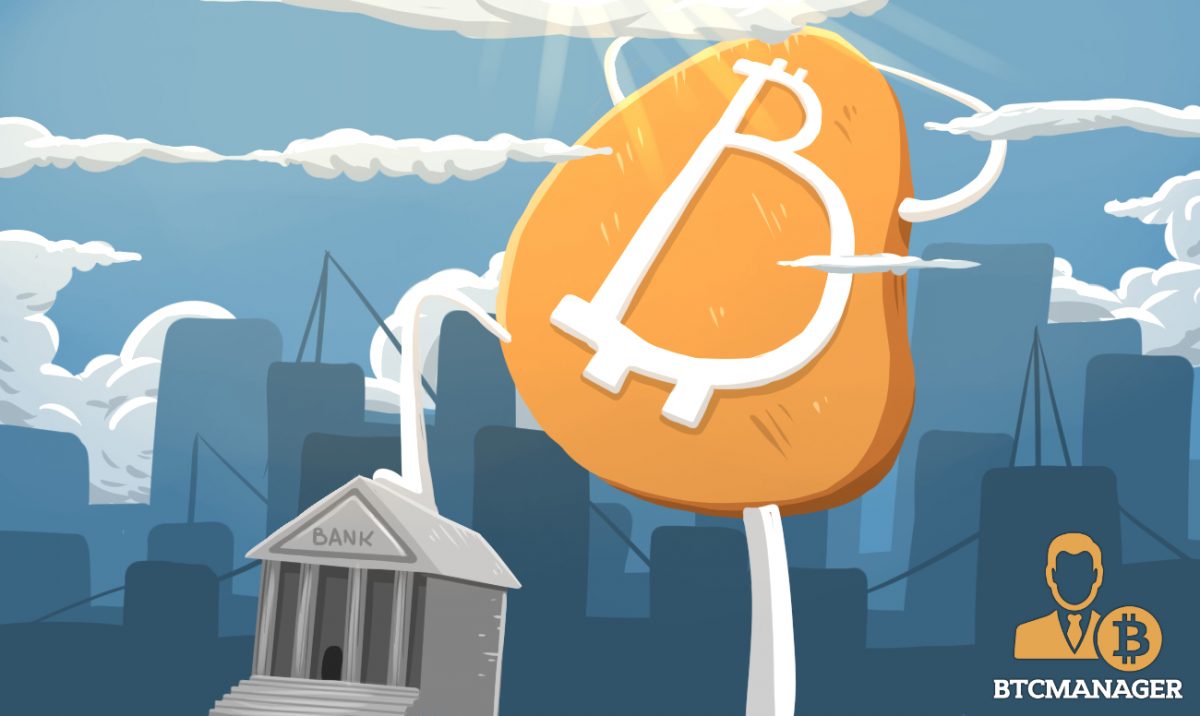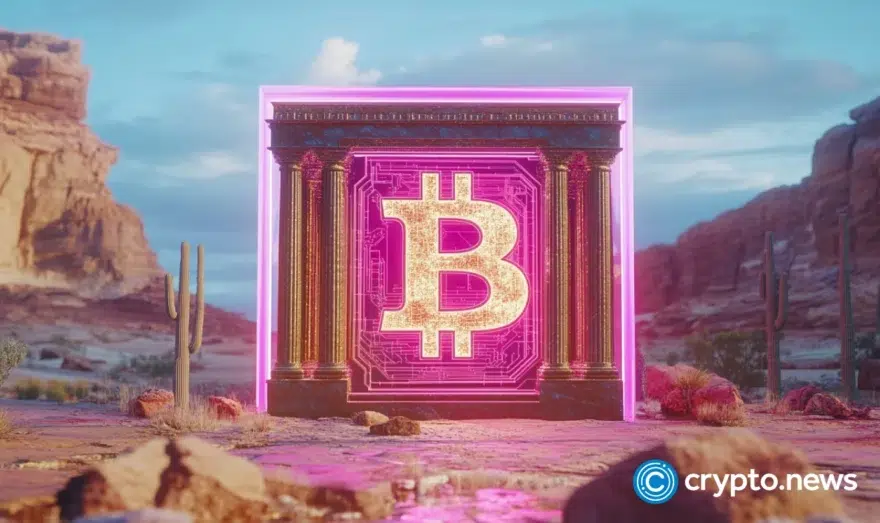The Rise of Bitcoin and The Demise of Central Authority

In their article, ‘The rise of Bitcoin doesn’t mean the end of banks. Here’s why,’ Dirk Baur and Niels Van Quaquebeke argue that cryptocurrencies are not trustless systems but merely require the transfer of trust to a different system. They claim that “While we previously had to trust financial institutions to verify transactions, with the blockchain we have to trust the technology itself… and the governance of the system.” What follows is a complete and thorough rebuttal of their argument.
The first main problem with Baur and Quauesbeke’s article is that they make a number of serious technical mistakes in their included Bitcoin cartoon, “How a blockchain works.” To give the authors the benefit of the doubt, I’ll call these ‘mistakes’ (as opposed to carefully crafted lies), but they are among the most glaring falsities in the article:
1. They equate a single transaction with a block: “The transaction is represented online as a block.”
2. They state that first “blocks [not transactions] are broadcast to every party in the network.”
- False.
- True: Transactions are first broadcast to network nodes before a new block is even created.
3. They make no mention of miners (in the cartoon), but instead, claim that “those in the network approve the transaction is valid… the block then can be added to the chain.”
- Completely false!
- True: Miners race to solve difficult math problems. The winning miner then creates the block and includes as many transactions in it as will fit. The block is then added to the blockchain, and the updated blockchain, in its entirety, is consensually verified by all network nodes.
Anyone with a most basic understanding of ‘how a blockchain really works’ can immediately finger the authors’ description as, at best, a misinformed, mistaken guesstimation and, at worst, an intentionally misleading piece of fictitious propaganda. Alone, the included cartoon should serve to undermine the entire article; but at very least, it should cause readers to question the authors’ underlying understanding of blockchain technology, due diligence, and credibility.
Together, Baur and Quaquebeke have enough credentials behind their names to choke a horse. Unfortunately yet ironically, all their illustrious credentials accomplish here is as yet another reminder of why authority figures should not be blindly trusted.
The second main problem with their article is that they don’t even attempt to challenge the mathematical and logical soundness of the Bitcoin network (likely because this would be extremely difficult, if not impossible). Instead, they try and distract and confuse their readers with logically fallacious red-herrings and straw men.
Here are some prime examples of this.
The authors attempt to use the past breach of an Ethereum-based Decentralized Autonomous Organization (DAO) and Vitalik Buterin himself as examples of why blockchains cannot be trusted:
“When the Ethereum-powered decentralized autonomous organization (DAO) was hacked, users asked Buterin to respond. This shows that people still need a central authority or will appeal to one if the system fails. Likewise, the fake news that Vitalik had died led to $4 billion dollars being wiped off the market value of Ethereum. With the assumed loss of the central authority, many also lost their trust in the underlying system.”
The above statement contains classic red-herring and straw man logical fallacies:
- ETH is a Bitcoin offshoot with debatable credibility, due to its centralized organization structure.
- The ETH blockchain was not hacked; it was an ETH-based DAO that was hacked due to inadequate peer review.
- People (sheeple) who choose to put their trust in a single person, Buterin in this case, have no bearing on the soundness of the Bitcoin network.
Also, on a side note, don’t use the term ‘fake news;’ it makes you sound stupid.
The fact remains that the Bitcoin network has never been hacked, and thus already has a better track record than many of the (previously) most trusted centralized authorities (yes Equifax, I’m referring to you and your friends).
Another of the authors’ red-herrings is their attempt to break trust into “three types of trust.” This serves absolutely no purpose in their article but to distract and confuse their readers through the unnecessary complication of an otherwise simple concept. We all intuitively understand what trust is and what it is not. Trust is only required when dealing with unknown factors. We don’t ‘trust’ in math and open-source software; math is fact, and all bugs (and malware) yield to Linus’s Law. But again, these facts are much harder to confront, and so the authors choose to instead rely on logical fallacies to prop up their argument.
The third main problem with Baur and Quaquebeke’s article is their argument that a “truly open public blockchain (that is, one without any central authority behind it) is unlikely to work.” Why is this? Because, they argue, “almost all currencies throughout history have had the backing of an authority.” So what? Bitcoin doesn’t.
They conclude the article:
“If history is any guide, privately created money such as Bitcoin or any other blockchain-based currency is unlikely to become globally accepted without a trusted central authority. This means that an “open” blockchain will not succeed. Although a “closed” blockchain, with the backing of a central authority, might work, it would be very different to the core feature of Bitcoin and the blockchain – decentralization.”
Only relatively recent advances in technology (such as cryptography, the internet, and peer-to-peer networks) have made decentralized currencies possible, for the first time in history.
Therefore, history cannot serve as a guide here. What the authors can’t seem to get their heads around and outright refuse to address is that the Bitcoin network has no, and needs no, centralized authority!
Baur and Quaquebeke are dead wrong. Bitcoin and other blockchain-based currencies are already globally accepted. An “open” blockchain has already succeeded and, since its inception, has been outright killing all other investment vehicles (go ahead and enter any amount for any year, read the return, and try not to weep). In regard to centrally backed “closed” blockchains…don’t make me laugh.
If you’re interested in learning more about the power behind the “open” blockchain, Andreas Antonopoulos explains it very well.














